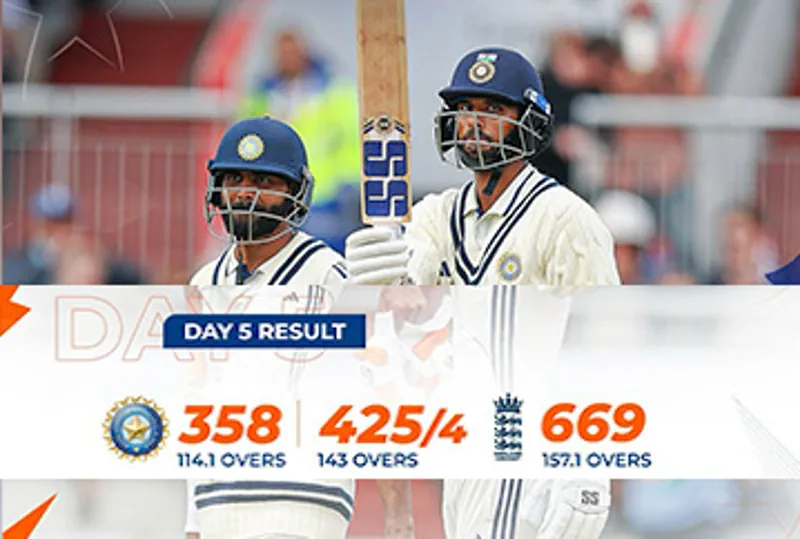Cricket’s journey from sticky English grounds to dust-choked pitches in remote corners of the world is nothing short of remarkable. Once a sport monopolized by a handful of countries, it’s now blossoming in surprising places. From Nebraska to Kathmandu, you’ll find someone batting, bowling or at least passionately debating Duckworth-Lewis scores.

A Changing Map
Not too long ago, the notion of cricket in the United States might’ve raised eyebrows. Yet, USA Cricket’s shock run in the 2024 T20 World Cup—topping Canada and even outplaying Pakistan—catapulted the game into American sports pages and primetime broadcasts. Meanwhile, countries like Nepal have gone digital-first, building online fan bases that dwarf their playing budgets. The Cricket Association of Nepal’s social feeds reached around 117 million people across Facebook, Instagram, YouTube and X in one year, a number most full members would envy.
Isn’t it fascinating how a game so steeped in colonial history can find fresh life in streets and schools far from its birthplace? In Namibia, a school-based mini-cricket program now serves tens of thousands of students across 14 regions, planting the seed for future stars. These grassroots efforts are more than feel-good stories; they’re the vital bedrock for talent pipelines that might one day challenge India, Australia or England.
Tech, Media and Money
Of course, technology and media rights have played their part. Streaming services, social-media-driven highlights and interactive coaching apps make learning cricket as accessible as ordering groceries online. And let’s be honest—nothing spreads a sport faster than making it effortless to watch on your phone.
International sportsbook platforms have broadened their scope to include emerging cricket nations like the USA, Nepal, and Namibia. Suddenly, bettors in Singapore can place a wager on the next Nepali spin-wizard or an American power-hitter. That financial interest, controversial as it can be, often translates into more visibility, sponsorship and generally a louder voice for these up-and-coming teams.
Meanwhile, the International Cricket Council now counts 98 Associate Members and 12 Full Members, dwarfing the traditional Test-playing elite and underscoring how widespread the sport has become. Those Associates aren’t just window dressing, they drive innovation in tournament formats, fan engagement and community outreach. And the ICC’s own development awards, which this year honored programs from Bhutan to Vanuatu, showcase real progress on the ground.
Broadcasting and Beyond
There are many platform hosts live matches, highlights packages, coaching tutorials and even grassroots documentaries from jurisdictions you’ve probably never heard of, like the ICC.tv. It’s a vivid reminder: cricket isn’t just moving beyond its old power centers; it’s evolving in ways we couldn’t have imagined fifteen years ago.
Of course, challenges linger. Infrastructure gaps, funding shortfalls and a crowded sports marketplace can stunt momentum. Yet that tension—between traditional hierarchies and new aspirations—is where the most exciting breakthroughs happen. Who knows, maybe the next major rule tweak or tactical revolution will come from a coach in Nepal or a stats-crazy analyst in Florida.
Cricket’s story has always been one of reinvention. From underarm bowling controversies to the birth of Twenty20, the sport has survived and thrived by adapting. This adaptation now isn’t just driven by big boards and superstar nations—it’s fueled by the scrappy ambition of newcomers. And that feels, if you ask me, beautifully democratic.
What do you think? Leave a comment below and let us know your take on cricket’s new frontiers.
Also Read:
- IND vs ENG: Jadeja, Sundar, Gill Hundreds Help India Earn Dramatic Draw Against England in 4th Test
- “If There Are No Bilateral Matches, Why Play in Multination Events?”: Azharuddin on India-Pakistan Asia Cup Clash
- Men’s Asia Cup 2025 To Be Held In UAE; ACC
- Ben Stokes Creates History With 11,000 International Runs And Rare 7,000 Runs-200 Wickets Test Feat




